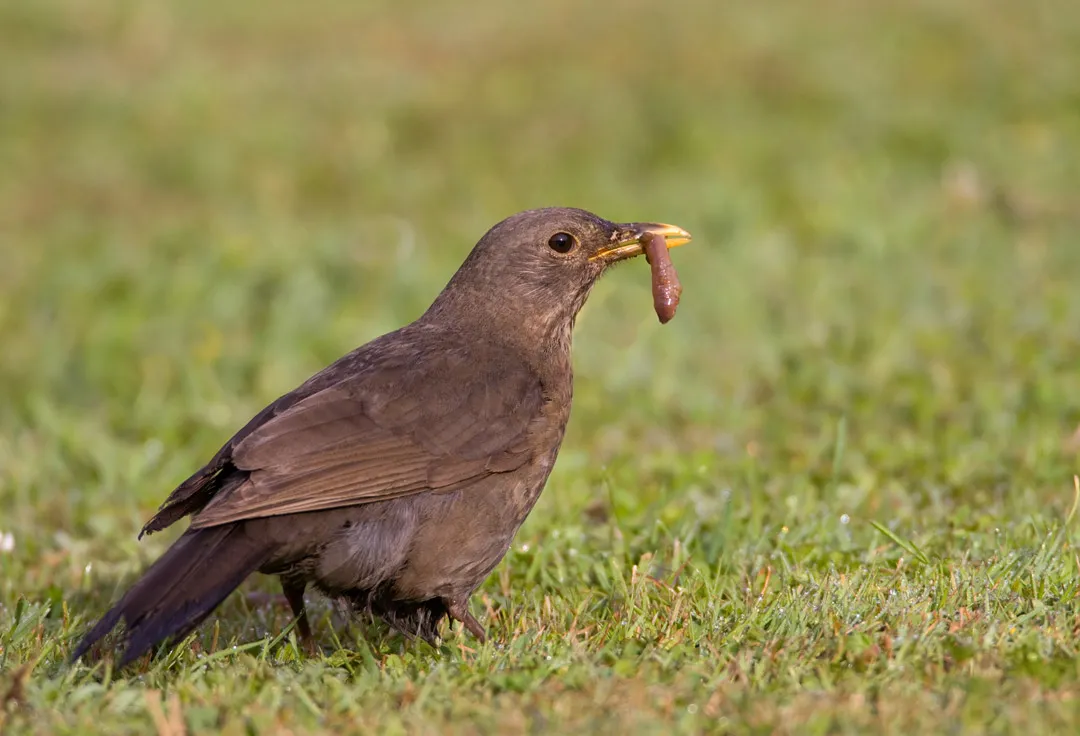Citation

Overview
This study identifies what could be a previously undetected biodiversity decline that potentially represents a significant conservation and economic issue in the UK.
In more detail
Abstract
Large-scale declines in terrestrial insects have been reported over much of Europe and across the world, however, population change assessments of other key invertebrate groups, such as soil invertebrates, have been largely neglected through a lack of available monitoring data. This study collates historic data from previously published studies to assess whether it is possible to infer previously undocumented long-term changes in soil invertebrate abundance. Earthworm and tipulid data were collated from over 100 studies across the UK, spanning almost 100 years. Analyses suggested long-term declines in earthworm abundance of between 1.6 to 2.1% per annum, equivalent to a 33% to 41% decline over 25 years. These appeared greatest in broadleaved woodlands and farmland habitats, and were greater in pasture than arable farmland. Significant differences in earthworm abundance between habitats varied between models but appeared to be highest in urban greenspaces and agricultural pasture. More limited data were available on tipulid abundance, which showed no significant change over time or variation between enclosed farmland and unenclosed habitats. Declines in earthworm populations could be contributing to overall declines in ecosystem function and biodiversity as they are vital for a range of ecosystem services and are keystone prey for many vertebrate species. If robust, our results identify a previously undetected biodiversity decline that would be a significant conservation and economic issue in the UK, and if replicated elsewhere, internationally. We highlight the need for long-term and large-scale soil invertebrate monitoring, which potentially could be carried out by citizen/community scientists.
The authors are extremely grateful to the many BTO donors and members who have funded this project, particularly Simon Cooke and Gillian & Justin Wills and the Penchant Foundation. They are also grateful to Kenneth Trouth whose Gift in Will supported the work on this paper. They would like to acknowledge the help of UEA Master’s students Rhianna Wren, Evan Burdett, Abigail Hunns and Ashis Datta who assisted with the review and identification of relevant papers.


